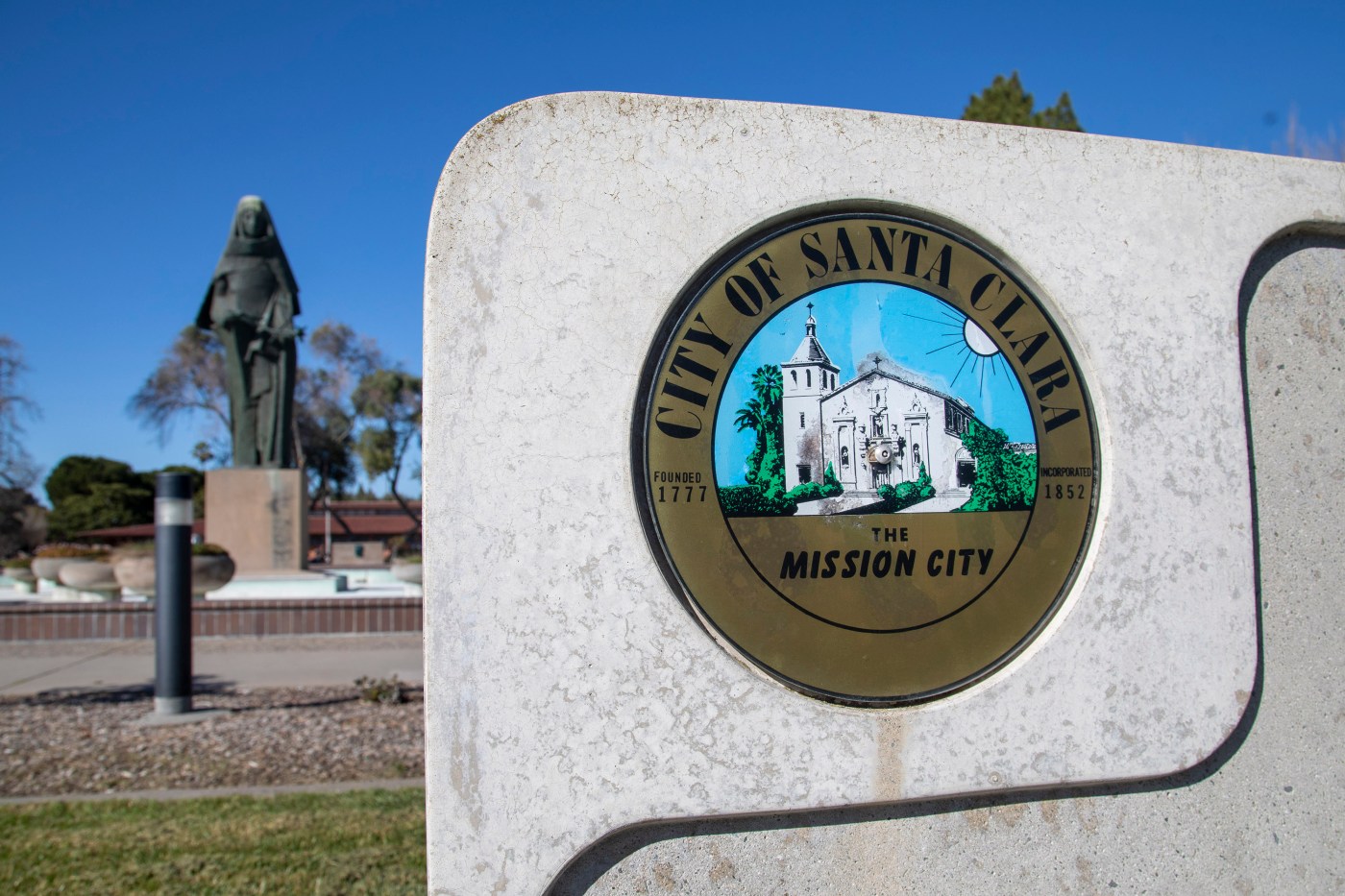
Santa Clara’s Measure I seeks to fund infrastructure needs with $400 million bond
With Santa Clara facing hundreds of millions of dollars in unfunded infrastructure needs, voters will decide on Election Day whether to fill some of that gap with a $400 million bond for the first time in 65 years.
Measure I comes at a time when the city is grappling with aging infrastructure that will cost more than $600 million to repair or replace, according to city officials.
The general facilities bond would be funded by levying an estimated $19 per $100,000 of assessed property value each year, starting in 2025 with an approximate end date of 2060. The top 20 largest commercial property owners would pay roughly $154,000 on average per year, while homeowners would pay about $128 annually.
Mayor Lisa Gillmor, who is supporting the measure, said the bond is “an essential step in preparing for our future in Santa Clara.”
City officials originally proposed a $600 million bond, but Gillmor advocated for reducing that amount and specifying which projects it would fund in an effort, she said, to make it more affordable and transparent for residents.
When the City Council voted this summer to place the measure on the ballot, it divvied up the money into six buckets: $41.1 million for streets and transportation, $142.2 million for fire stations and emergency response, $43.9 million for police facilities, $115.2 million for parks, libraries, senior centers and aquatic facilities –including the renovation or replacement of the George F. Haines International Swim Center — $46 million for storm drain improvements and $9.2 million for historic buildings and beautification.
The measure also has a provision that the bond money can’t be used for improvements to Levi’s Stadium or within half-a-mile of the venue.
“I wanted a bond measure that was definitely more affordable and accountable to show our residents and to prove to them that they can trust us to get this work done, that the money will go directly for these particular projects and if the projects are changed, there’s going to be great transparency around that,” Gillmor said.
Any changes to the spending plan will require a recommendation from city officials, feedback from an oversight committee and unanimous council approval.
Aside from Gillmor, supporters include Councilmember Karen Hardy, Police Chief Pat Nikolai, Santa Clara Firefighters Union Local 1171 President Anthony Pascoal, Senior Advisory Commissioner Judy Hubbard and the Santa Clara Aquatics Foundation.
No organized opposition campaign has mounted for Measure I, but resident and attorney John K. Haggerty called the initiative an “expensive, irresponsible, tax-borrow-and-spend measure” in his official argument against it in the Santa Clara County voter guide.
Haggerty told the Mercury News that the city doesn’t have as much of a problem with infrastructure as it does with spending.
“Our city would do better to substantially reduce its current operating expenditures, which have been growing out of control during the past decade, and resume relying on and adequately funding its Capital Expenditures Fund to pay for its infrastructure needs on an ongoing basis as it has successfully done in the past,” Haggerty said.
The local attorney said the city should only use bond measures as a last resort and when interest rates are low.
Measure I will need 66.7% support to pass, however, if Proposition 5 — an initiative to lower the threshold of local bond measures — passes statewide then Santa Clara will only need 55% approval.


